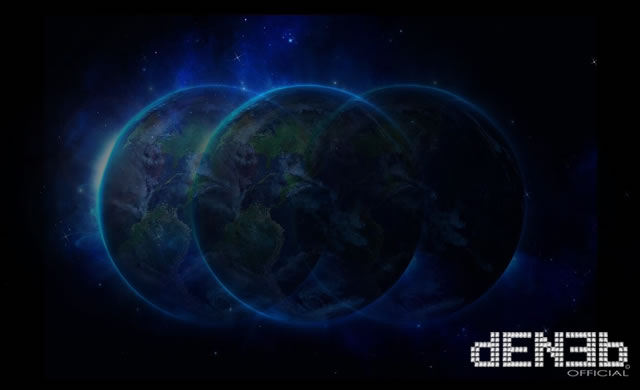
La missione Kepler della NASA ha scoperto due pianeti in transito in orbita attorno a Keplero-68.
A seguito delle attente misurazioni si è stabilito che la massa del pianeta più interno è pari ad un terzo della massa di Giove e che il pianeta orbita al di là dei due pianeti in transito. Le misurazioni di Kepler-68b, con un’orbita 5,4 giorni, una massa di 8,3 + / – 2,3 Terra, raggio 2,31 + / – 0,07 raggi terrestri, e una densità di 3,32 + / – 0,92 (cgs), rivelano che Kepler-68b possiede una densità intermedia tra quella dei giganti di ghiaccio e la Terra. Kepler-68c è un pianeta della stessa grandezza della Terra, con un raggio di 0,953 e transita su un’orbita di 9,6 giorni. Modelli di Kepler-68b suggeriscono che è probabilmente composto di roccia e acqua.
NASA’s Kepler Mission has revealed two transiting planets orbiting Kepler-68.
Follow-up Doppler measurements have established the mass of the innermost planet and revealed a third jovian-mass planet orbiting beyond the two transiting planets. Kepler-68b, in a 5.4 day orbit has mass 8.3 +/- 2.3 Earth, radius 2.31 +/- 0.07 Earth radii, and a density of 3.32 +/- 0.92 (cgs), giving Kepler-68b a density intermediate between that of the ice giants and Earth. Kepler-68c is Earth-sized with a radius of 0.953 Earth and transits on a 9.6 day orbit; validation of Kepler-68c posed unique challenges. Kepler-68d has an orbital period of 580 +/- 15 days and minimum mass of Msin(i) = 0.947 Jupiter. Power spectra of the Kepler photometry at 1-minute cadence exhibit a rich and strong set of asteroseismic pulsation modes enabling detailed analysis of the stellar interior. Spectroscopy of the star coupled with asteroseismic modeling of the multiple pulsation modes yield precise measurements of stellar properties, notably Teff = 5793 +/- 74 K, M = 1.079 +/- 0.051 Msun, R = 1.243 +/- 0.019 Rsun, and density 0.7903 +/- 0.0054 (cgs), all measured with fractional uncertainties of only a few percent. Models of Kepler-68b suggest it is likely composed of rock and water, or has a H and He envelope to yield its density of about 3 (cgs).
Source/Continue reading → arxiv.org





















